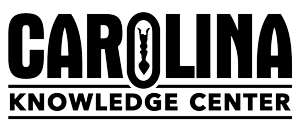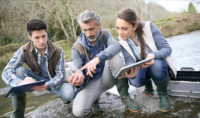It’s important to recognize Social and Emotional Learning (SEL) in the science classroom, and how students are human beings that come with past experiences.
SEL Promotes:
- Improved academic achievement
- Better emotional well-being
- Long-term student success
What do each of these skills look like in the classroom? Watch this webinar to find out.
Learn More
Integrating Social and Emotional Learning into 3-D Science Classrooms
In a fourth-grade classroom, groups of students work together to answer questions about how energy is transferred when two objects collide. Using their observations of the phenomenon as a foundation, they make predictions and conduct tests by rolling marbles down a tube, onto a mat, and into a stationary marble. Read how these students are doing hands-on science by making sense of a phenomenon, answering questions, and practicing teamwork.

Social and Emotional Learning in the 3-D Science Classroom
Social and emotional learning (SEL) have traditionally been key for young learners, but they are increasingly becoming integral components of the school day for all grades. Learn how research supports that these skills create a foundation for better emotional adjustment and academic performance.

Carolina's K-12 Curriculum Science Programs
Looking for hands-on, phenomena-based science programs that support the Next Generation Science Standards and STEM?
Explore these curriculum options to see which best suits your needs and the needs of your students: Building Blocks of Science® 3D for grades TK–5, Smithsonian Science for the Classroom for grades K–5 and STCMS™ for grades 6–8, Carolina Certified Versions of OpenSciEd® for grades 6–12, and Carolina Kits 3D® for grades 9–12.





